In the world of comfort, warm socks hold a special place, especially during the cold winter months. As temperatures drop, ensuring your feet stay warm and cozy becomes essential for overall comfort. Quality warm socks can make a significant difference, whether you are lounging at home, going for a winter hike, or simply navigating your daily routine. Various fabrics, designs, and styles are available to suit individual needs. This article will explore the best options for warm socks, their benefits, and some tips for selecting the perfect pair.
Why Warm Socks Are Essential for Cold Weather
Keeping warm during cold weather starts from the ground up. Your feet are crucial to body warmth. Wearing warm socks helps retain heat and ensures overall comfort. In cold weather, socks act as a barrier against chilly temperatures and snow. Without them, feet can get cold, leading to discomfort and potential health issues.
Importance of Maintaining Foot Warmth
Warm feet improve overall body heat, as they prevent heat loss. Cold feet can make you feel colder throughout your body. Proper insulation, like warm socks, ensures feet stay cozy. When your feet are warm, blood circulates more effectively. This improves comfort and reduces the risk of cold-related ailments.
Health Risks of Cold Feet
Cold feet affect your health in several ways. They can make you more likely to get sick. Prolonged exposure to cold leads to frostbite or chilblains. Cold feet can also worsen symptoms for people with circulation issues. In extreme cases, persistent cold feet may indicate underlying medical problems. Wearing proper warm socks helps protect against these risks and ensures your feet stay safe.
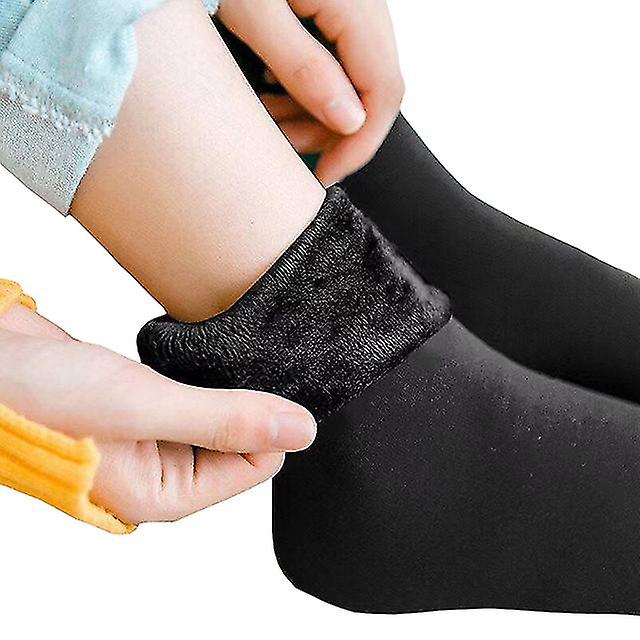
Types of Warm Sock
Choosing the right socks is key for cold weather comfort. Different types of warm socks suit varying conditions and preferences. Here are some top options for keeping your feet warm.
Wool Socks: The Ultimate Cold Weather Choice
Wool socks are highly effective for cold climates. They also wick moisture, which prevents dampness from making your feet cold. Merino wool is a popular choice for softness and comfort. These socks provide insulation even when wet, making them ideal for snowy or rainy days.
Thermal Socks for Extreme Temperatures
Thermal socks are specially designed for freezing conditions. They use high-density fibers to trap heat. These socks often feature brushed interiors that increase insulation. People choose thermal socks for activities like skiing or hiking in cold weather. Their thicker material adds extra warmth but may require roomy footwear.
Heated Socks: Battery-Powered Warmth
Heated socks offer advanced protection against extreme cold. They include battery-powered heating elements to warm your feet. Most come with adjustable heat levels for personalized comfort. Heated socks are particularly helpful for people with circulation issues or in sub-zero temperatures. While pricier than other options, their performance is unmatched in harsh environments.
How to Choose the Right Warm Sock
Selecting the right warm socks ensures your comfort and protection in cold weather. Focus on key factors like material, fit, and durability.
Material Considerations for Heat Retention
The material of socks affects their ability to keep you warm. Wool is one of the best options, offering natural insulation and moisture-wicking properties. Merino wool is especially soft and warm. Thermal materials provide enhanced heat retention for extreme cold. Synthetic blends, like polyester and acrylic, add durability and wick moisture effectively.
Finding the Perfect Fit for Comfort and Warmth
Choosing the right fit prevents discomfort and improves warmth. Socks that are too tight restrict circulation, making feet colder. A snug but comfortable fit ensures proper insulation. Look for stretchy materials that conform to your feet. Check the size chart to find the ideal match for your foot size.
Durability and Longevity: Key Factors to Look For
Durability matters for maximizing the lifespan of your warm socks. Thick fibers resist wear over time. Reinforced areas, like heels and toes, prevent holes from forming. Invest in high-quality socks that can endure frequent use. Ensure the stitching is strong and doesn’t fray easily.
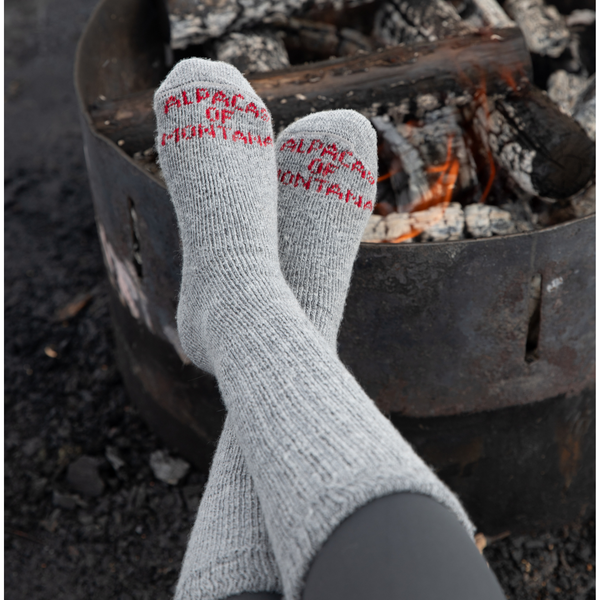
Features to Look for in Warm Sock
Choosing warm socks with the right features makes a big difference in cold weather. These features not only enhance comfort but also improve functionality and durability.
Moisture-Wicking Properties
Moisture-wicking properties keep your feet dry and warm. Socks with this feature transfer sweat away from the skin. Dry feet stay warmer, preventing discomfort in cold conditions. Wool, especially Merino wool, is excellent at wicking moisture while retaining warmth. Synthetic materials like polyester also wick moisture effectively. Look for socks labeled “moisture-wicking” to ensure you get this benefit.
Extra Cushioning for Comfort
Extra cushioning adds both comfort and insulation. Padded socks reduce pressure and protect your feet during long wear. Cushioning also traps heat, keeping your feet warmer. Thermal socks often have thicker padding for extreme cold. Consider socks with targeted cushioning in high-impact areas, like heels and soles. These are perfect for activities like hiking or skiing.
Reinforced Heels and Toes for Durability
Reinforced heels and toes extend the lifespan of your warm socks. These areas experience the most wear and tear. Reinforcement prevents holes and maintains sock integrity. High-quality materials, like dense stitching or added nylon, improve durability. Choose socks with reinforced designs to maximize your investment. Durable socks handle frequent use without quickly wearing out.
By focusing on these features—moisture-wicking properties, extra cushioning, and reinforced heels and toes—you can find socks that keep your feet both warm and comfortable.
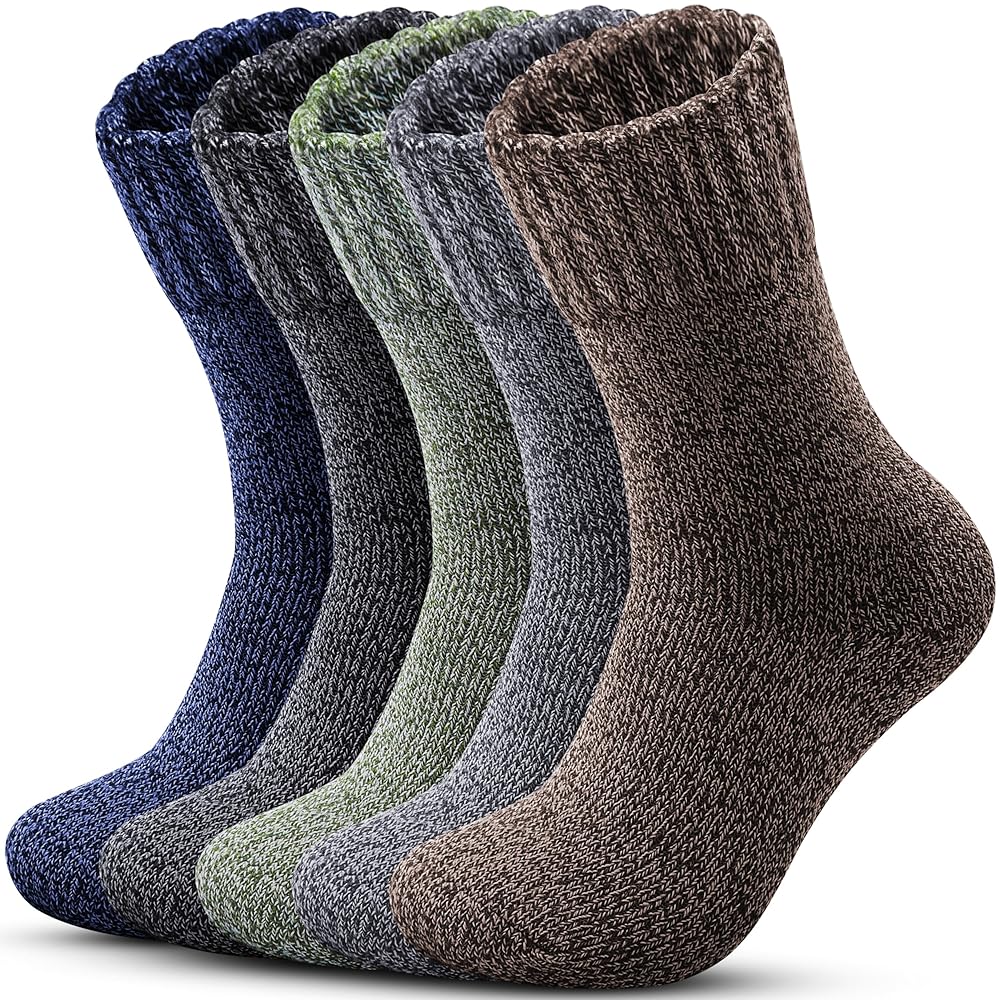
Caring for Your Warm Sock
Taking proper care of your warm socks ensures they remain effective and long-lasting. With the right methods, you can maintain their quality and prolong their lifespan.
Proper Washing Techniques to Maintain Quality
Washing your warm socks properly prevents damage and maintains their softness and warmth. Follow these guidelines:
- Check the Label: Always read the care instructions on your socks. This helps you use the correct settings.
- Use Gentle Detergents: Avoid harsh chemicals. Choose mild detergents to protect the fibers.
- Wash in Cool Water: Use cold or lukewarm water to prevent shrinkage and maintain elasticity.
- Hand Wash if Possible: For delicate materials like Merino wool, hand washing is gentler.
- Avoid High Heat Drying: Air dry or use a low heat setting to prevent damaging the fibers or shrinking.
Caring for your socks during washing keeps them comfortable and durable.
Storage Tips to Prolong Lifespan
Proper storage also plays a key role in preserving your warm socks. Try these tips:
- Keep Socks Clean and Dry: Ensure they are fully dry before storing to prevent mold or odor.
- Avoid Folding Too Tightly: Don’t stretch out the fabric by over-folding. Roll them gently instead.
- Use Drawers or Organizers: Keep socks in a dedicated space where they won’t get squished or tangled.
- Avoid Putting Heavy Items on Them: Heavy objects can flatten or damage your socks over time.
- Store Seasonal Socks Separately: Keep cold-weather socks in a clean, dry box during warmer months.
By following these simple washing and storage practices, your warm socks will keep your feet cozy for years.
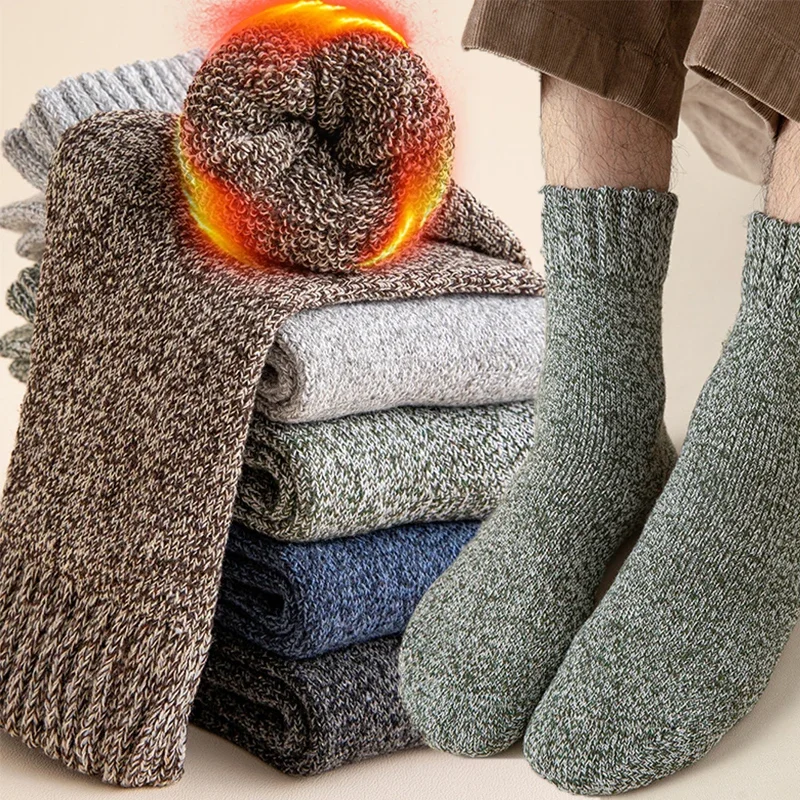
Top Brands for Warm Sock
Finding the right brand for warm socks ensures quality and comfort. Some brands excel in providing excellent warmth and durability. Let’s explore top-rated options to keep your feet cozy in cold weather.
Recommendations for Quality and Comfort
- Smartwool: Renowned for its Merino wool socks, Smartwool combines softness with exceptional warmth. These socks wick moisture effectively, keeping your feet dry. They are perfect for both casual wear and outdoor activities.
- Darn Tough: These socks offer durability and comfort. Made with high-quality materials, they resist wear and tear. They also come with a lifetime guarantee, making them a great investment.
- Heat Holders: Designed for extreme cold, Heat Holders provide ultimate warmth and insulation. Their thermal technology traps heat effectively, keeping your feet toasty in freezing conditions.
- Icebreaker: Specializing in Merino wool, Icebreaker socks are lightweight yet warm. They are ideal for hiking and winter sports. They also offer excellent moisture-wicking capabilities.
- Carhartt: Known for rugged durability, Carhartt socks are great for work or outdoor use. Their thick cushioning and reinforced design ensure comfort and long-lasting performance.
Budget-Friendly Options vs. Premium Choices
- Budget-Friendly Options:
- Amazon Essentials: These socks deliver decent warmth at an affordable price. They are a practical choice for regular winter use.
- Hanes: Hanes offers thermal socks that fit tight budgets. They provide basic warmth and comfort for everyday activities.
- Kirkland Signature: Available in bulk, Kirkland socks offer good value for families who need multiple pairs.
- Premium Choices:
- Falke: Known for luxury and quality, Falke socks provide superior materials and design. They are tailored for ultimate comfort and cold weather protection.
- Wigwam: Wigwam offers high-performance socks made for outdoor enthusiasts. Their seamless design reduces irritation, ensuring all-day comfort.
- Thorlo: Focused on foot health, Thorlo provides padded socks that reduce impact and offer maximum warmth.
Selecting the right brand depends on your preferences and budget. Premium brands deliver advanced features and materials. However, budget-friendly brands offer good options for everyday use. Choose a brand that matches your needs and keeps your feet perfectly warm.
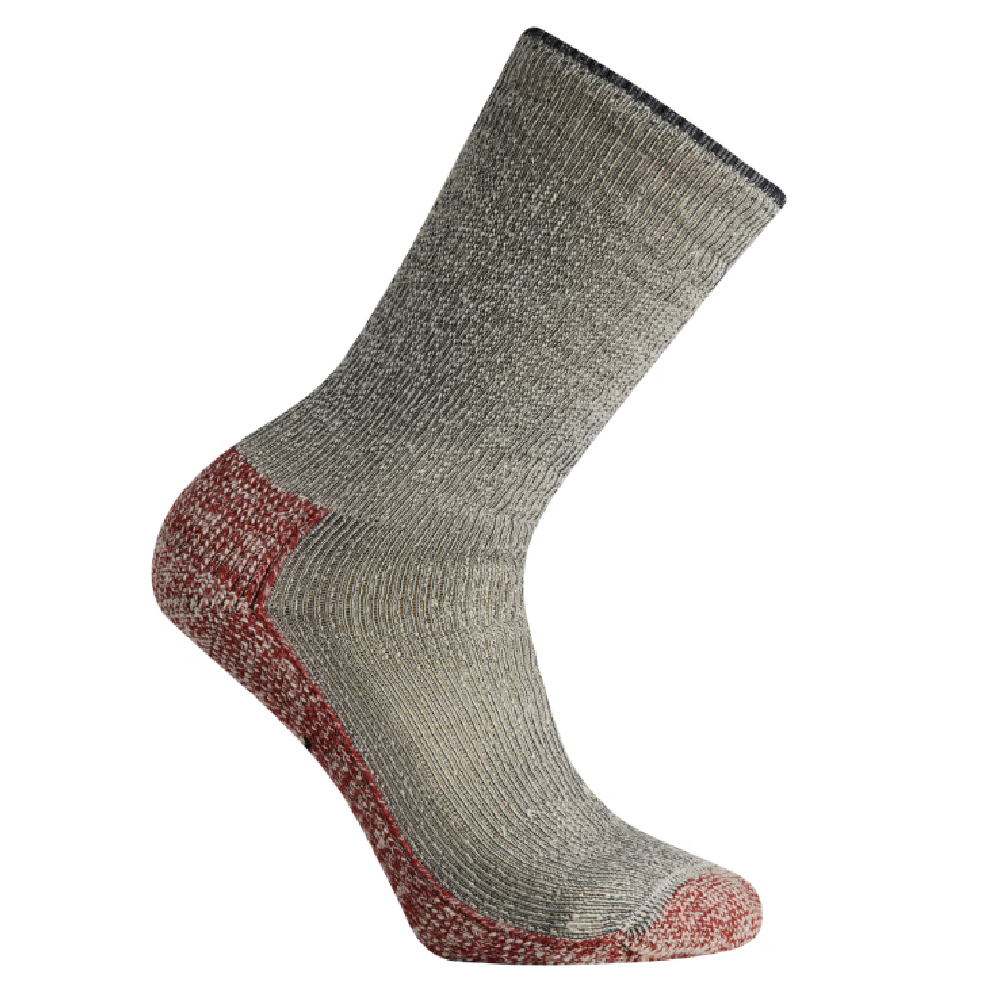
DIY Tips to Enhance Sock Warmth
Keeping your feet warm in freezing temperatures can require extra measures. Enhancing your sock warmth is simple with these two DIY techniques.
Layering Socks for Extra Insulation
Layering socks is an easy way to add warmth. Start with a moisture-wicking base layer, like thin polyester or Merino wool socks. These socks keep your feet dry by removing sweat. Add a thicker pair, such as wool or thermal socks, on top for insulation. Ensure the outer socks fit comfortably to avoid restricting circulation. Avoid layers that are too tight, as they can reduce warmth.
Layering is ideal for outdoor activities or extremely cold conditions. It provides additional insulation and warmth while protecting your feet from the cold.
Adding Insoles to Maximize Heat Retention
Thermal insoles can improve your sock warmth effortlessly. Insoles are designed to retain body heat, keeping your feet cozy. Choose high-quality insoles made from materials like fleece or gel. They trap heat effectively, even in icy conditions. Insert them in your footwear alongside warm socks for the best results.
Some insoles also offer added cushioning, enhancing overall comfort. Ensure your shoes have enough room for insoles and socks without causing discomfort. Using insoles is a cost-effective method to upgrade warmth and insulation.
By layering socks and using thermal insoles, you can increase foot warmth for any cold-weather activity.
The Environmental Impact of Warm Socks
Sustainable Materials and Practices
As awareness of environmental issues increases, many companies are committed to producing sustainable products. When selecting warm socks, consider brands that use eco-friendly materials. Socks made from organic cotton or responsibly sourced wool contribute to minimizing environmental impacts. These brands often focus on reducing waste and providing fair working conditions in their production processes.
Choosing sustainable warm socks allows you to enjoy comfort without compromising your values. Many eco-conscious brands also prioritize packaging made from recycled materials, further reducing their environmental footprint. By supporting these companies, you contribute to a more sustainable future.
Reducing Waste with Smart Choices
Another aspect of environmental responsibility involves reducing waste through smart purchasing choices. Investing in high-quality warm socks means they can last longer and require fewer replacements. This approach not only benefits your wardrobe but also lessens your impact on landfill waste.
Additionally, consider opting for multi-pack options that provide variety while supporting sustainable practices. Finding a good balance between quality and quantity enables you to build a functional collection while considering environmental implications. Your choices in warm socks can lead to a more responsible and sustainable lifestyle.
Conclusion
Warm socks play a vital role in maintaining comfort and style during colder months. With various options available, it’s essential to select socks that provide warmth, support, and durability while aligning with your personal taste. From classic wool styles to modern fleece options, there is a wide range of warm socks to meet your needs.
Understanding the many benefits of warm socks allows you to make informed decisions about your purchases. By investing in quality materials, you can ensure longevity and performance. Additionally, caring for your socks properly will prolong their lifespan and keep them looking their best.
Ultimately, warm socks are more than just a practical accessory; they enhance your overall comfort and style. Whether you are lounging at home, running errands, or engaging in outdoor activities, the right pair of socks can make all the difference. Embrace the importance of warm socks and enjoy staying cozy during the chilly months ahead.
